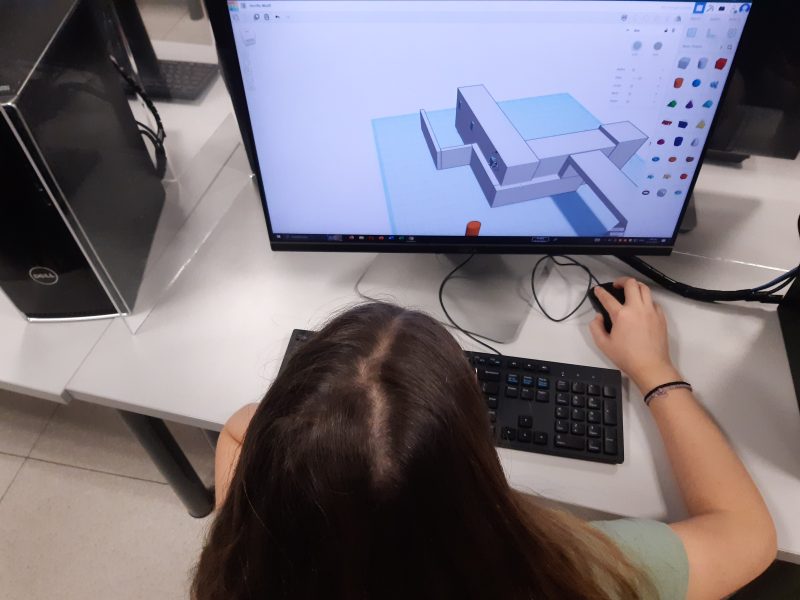Greece School Page
Engineering
Mycenean history
In the"Mycenaean Age" learning scenario, students embark on an
immersive journey into the past, exploring the historical context of
the Mycenaean age. This educational adventure is designed to
foster a multidisciplinary approach, encompassing Science,
Technology, Engineering, Arts, and Mathematics (STEAM).
To participate, students should have a basic understanding of 3D
design, having completed a few introductory lessons in Tinkercad.
Throughout the scenario, students are encouraged to ponder real-
life questions, such as how to effectively find and assess
information, collaborate efficiently, and harness technology for
enhanced learning and presentation skills.This scenario aims to
provide students with knowledge about the historical context of
the Mycenean age, including its political and social systems, as
well as its architecture and culture. It also focuses on developing
skills such as 3D design, creating AR books and quizzes, and using
various ICT tools. The scenario is designed for 12-13-year-old
students.
Estimated Reach: 100 students
Sustainable Village
Nikita Maria's "Sustainable Village" scenario is a dynamic educational approach that merges environmental awareness, computational thinking, and programming skills. Targeted at 13-14-year-old students over four teaching hours, the project revolves around illuminating a village responsibly while addressing energy efficiency and light pollution. Students learn to recognize and apply algorithms, troubleshoot programs, and gain competence in imperative programming, all while designing and programming complex robotic devices. The interdisciplinary approach integrates environmental education and informatics, aligning with Sustainable Development Goals. It presents a real-world problem—efficient village lighting—and engages students in activities that encourage critical thinking, collaboration, and the application of IT skills to environmental challenges. In the end, it instills not only computational proficiency but also a sense of environmental responsibility.
Estimated Reach: Approximately 100 students aged 13-14 years old, divided into groups of three.
The ultimate goal of environmental education is to cultivate environmental awareness and raise students' awareness so that they perceive the environment holistically, but also approach it interdisciplinarily (Demetriou, 2009). Education for sustainability cannot be achieved in the context of teaching a single traditional discipline - course, but requires the integration of multidimensional and multidisciplinary approaches. Therefore, the subject of Informatics can also contribute to sustainability education.
Primary school students learn about the 17 Sustainable Development Goals, which they approach again in Gymnasium A' (Dimadama, 2021). In this scenario, the emphasis is on responsible energy consumption. Also, students are introduced to the concept of light pollution and its impact on the environment. The issue is approached by presenting the following problem in the context of the plenary: "We want to illuminate a village in the right ways. We want to put lights on its streets and outside its houses, while respecting the environment, preventing light pollution and saving energy."


